How Come?
Every Kids Science Questions Explained
by kathy wollard
illustrated by debra solom0n
WORKMAN PUBLISHING NEW YORK
To Evan and Aaron.
And to Debra Solomon, whos always brought the delightful zaniness to How Come?
KW
For my brilliant Mom.
DJS
Contents 
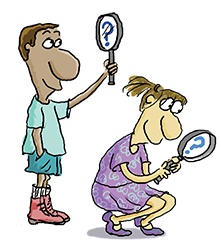
Introduction
All of the amazing questions in this book were asked by real kids (and a few adults). They mailed and emailed thousands of them to Newsdays How Come? newspaper column from all over the world: from Brooklyn, New York, to Bangalore, India. Questions poured in from Australia and Brazil, Indonesia and Canada, from Oman and the U.K. All of these curious kids helped make the book youre holding in your hand.
In 1993, the first How Come? book was published in the U.S., and since then it has been translated and published in 11 countries. Kids everywhere want to know why the sky is blue, why we see shimmering patches of water on a summer road, and why we cant feel the Earth turning. Science is a way for us to tease out the answersto get the universe to reveal its secrets.
Since science is always making newand often startlingdiscoveries, the answers evolve and change. This new How Come? has the latest scoop. Here youll find the most up-to-date (and often surprising) explanations for those enduring mysteries, which every discovery makes brand-new again. (You wont believe the reason why our fingers wrinkle underwater! See page 324.) And as you skip around the book, youll see that completely different thingslike raindrops and soap bubbles, or moving elevators and spinning planetsactually have everything in common.Kathy Wollard
Measure FOR Measure
20 pounds of How Come? mail = 9 kg
Youll see this little box throughout the book. Its a handy reference to the metric conversions for the measurements mentioned in the entry. The metric systemkilograms and kilometers instead of pounds and milesis used by scientists (and almost everyone else) almost everywhere on Earth.

Every question is a good question!
Is there something youre wondering about? Send all your questions to: , and they may be answered in the How Come? newspaper column.
Tricks of Light and Sound
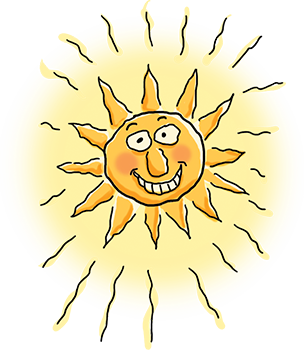
Light is made of tiny bundles of energy, particles called photons. Photons zip along at an astonishing 186,000 miles a second in a vacuum (such as space). Although light is a particle, it also acts like a wave. Our eyes can only see light in a certain range of wavelengthsthose of visible light, the kind we see coming from the Sun, or a lamp.
Ultraviolet light, X-rays, and gamma rays are also kinds of lightbut with photons too energetic (and with too short a wavelength) for human eyes to see. Likewise, infrared light, microwaves, and radio waves are too low-energy (and with too long a wavelength) for us to see. Many other animals, however, like birds and bumblebees, can see light in some frequencies we cant.
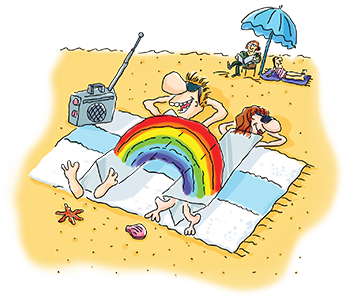
Visible light comes in a rainbow of colors; white light is these colors combined. Put a prism in a beam of bright sunlight, and the light will split into its colors, or wavelengths: red, orange, yellow, green, blue, indigo, and finally violet, the shortest wavelength of the visible spectrum.
The rainbow is revealed because the prism bends the light of each wavelength a little more or less than the next, so each emerges on its own. A second prism to catch the rainbow light, placed upside down, will recombine the colorsmaking one white beam again.
Unlike light, sound waves need material to travel through: gas (the air around us), liquid (say, seawater), or solids (like a wooden door). In fact, with sound, the medium is the message: Sound is no more or no less than a passing vibration in matter. Sound waves moving through the air, gas molecules bunching up and then spreading out, travel at about 1,100 feet per second (about 340 m/s). Thats why we see the bright flash of lightning in the distance, but hear its low rumble several seconds later.
Why is the sky blue ?
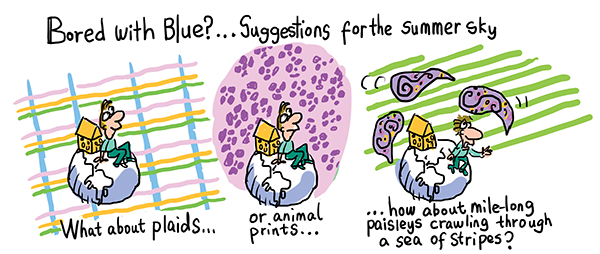
The sunlight that lights up the daytime sky is white. So why isnt the sky a brilliant white? In order for the sky to look blue, something must be happening to the light as it passes through Earths atmosphere.
When white light streams in from the Sun, it zips from the near vacuum of space into the gassy atmosphere blanketing our planet. While Earths air contains traces of many gases, from carbon dioxide to argon, nitrogen (at 78 percent) and oxygen (21 percent) make up most of the atmosphere. And when photons of sunlight encounter the gas molecules of Earths air, they are changed by the encounter.
Where does the blue come from? Actually, the blue was in sunlight all along. White light is made of a concealed rainbow of colors, revealed when a beam of sunlight passes through a prism. Then we see the familiar rainbow spectrum: red, orange, yellow, green, blue, indigo, violet. Each color is a different energy and wavelength.
The airs gases tease these colors out of white light. Some sunlight simply zips through the empty spaces between gas molecules, reaching the ground intact. But light that has a run-in with gas molecules is absorbed, split into its true colors, and then scattered every which way.
How does it work? A gas molecules member atoms get excited by the photons (particles) of light, and re-emit photons in distinct wavelengthsfrom red to yellow to violet. The light then heads on toward the ground or is sent out sideways into the sky. Depending on the angle, some light even zooms back into space.
And heres how the sky turns blue: The shorter-wavelength blue-to-violet end of the sunlight spectrum is scattered much more than the reds and yellows. So we see blue light from every direction in the sky, overpowering fainter red, yellow, and orange.
Interestingly, violet light is scattered by gas molecules even more strongly than blue. So why dont we see a sky awash in purples? According to physicist Jearl Walker of Cleveland State University, there are two explanations: The violet part of sunlight is dimmer than the blue, and human eyes are less sensitive to shorter-wavelength violet.
It may be a different story for others living on Earth. Since the eyes of animals are sensitive to different wavelengths of light, its likely that many animals perceive Earths sky in different hues. Honeybees, for example, can see all the way into the spectrums invisible-to-us ultraviolet. To a bee, the sky may be tinted purple.
 Other animals, whose eyes have different color receptors, may see a differently colored sky.
Other animals, whose eyes have different color receptors, may see a differently colored sky.


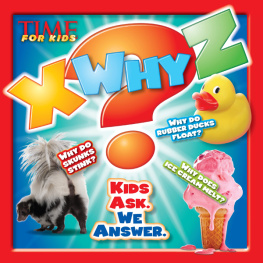

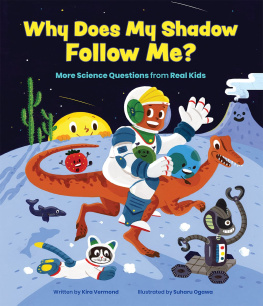

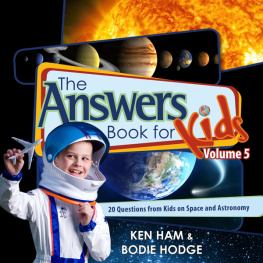

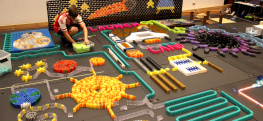
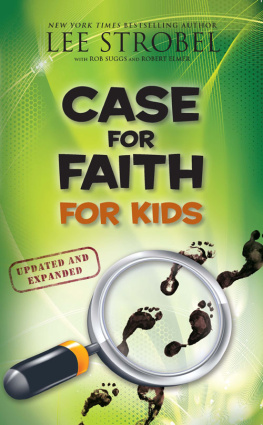
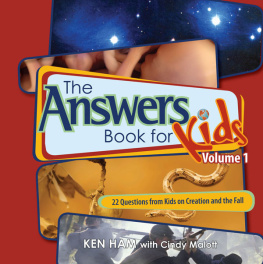

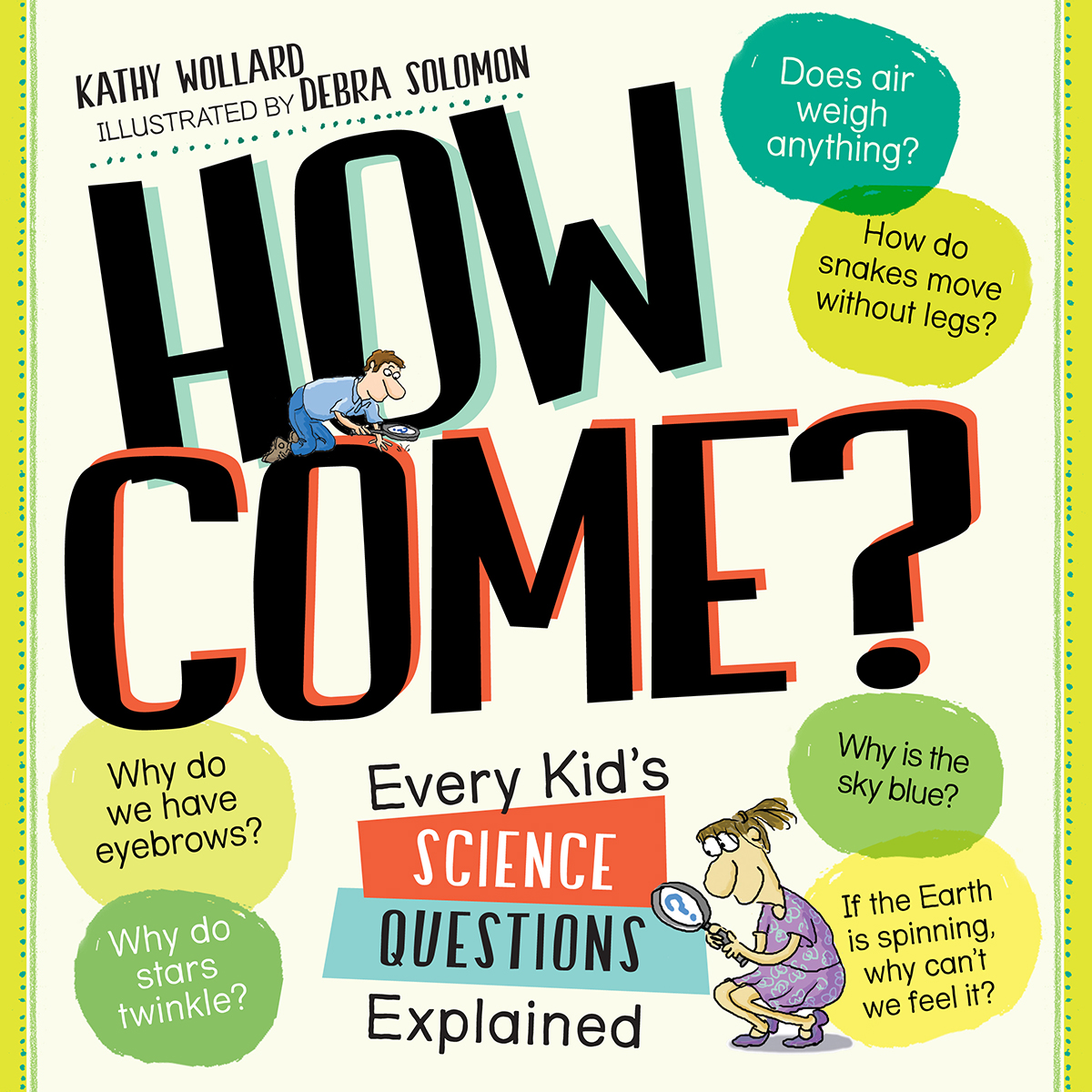






 Other animals, whose eyes have different color receptors, may see a differently colored sky.
Other animals, whose eyes have different color receptors, may see a differently colored sky.